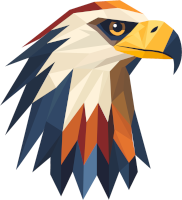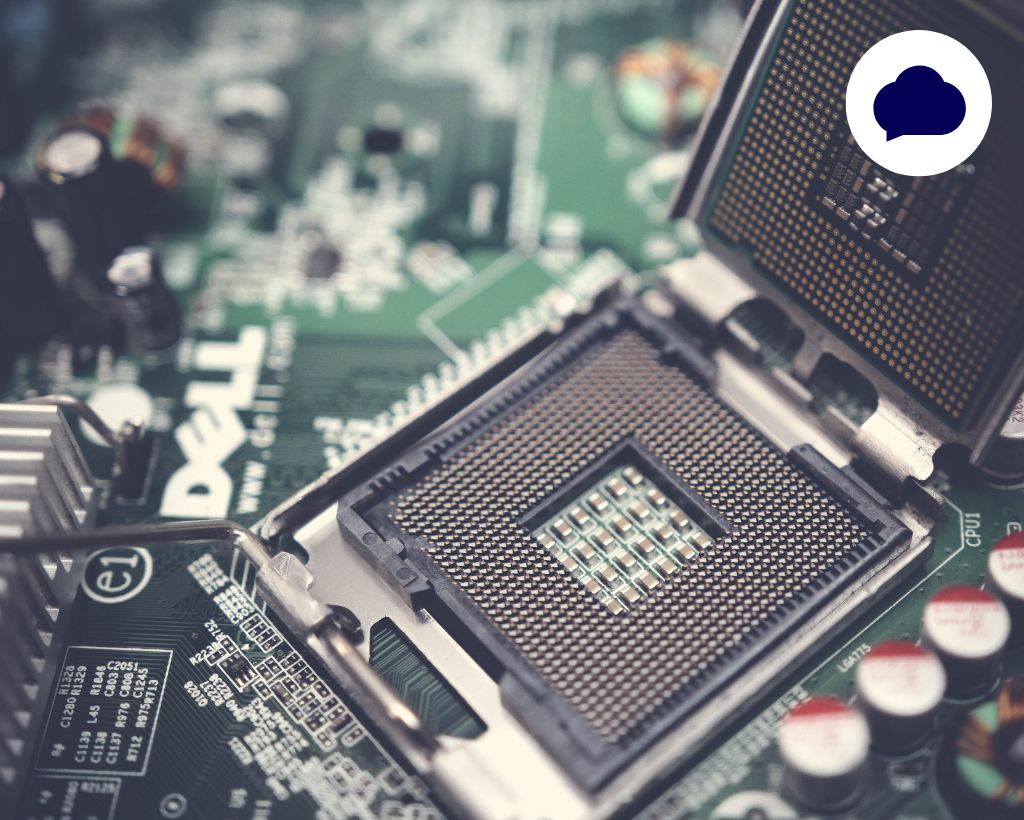
Business Intelligence as a Service
Try PlusClouds Eaglet service and find high quality B2B hot leads and opportunites with AI support.


Today, with digital transformation, many sectors have started to work with data. Images constitute a significant portion of this data. However, understanding an image with the human eye is not sufficient for machines. This is where image processing comes into play.
Image processing is a discipline that allows for the extraction, enhancement, and analysis of information from images by applying mathematical, statistical, and algorithmic operations on digital images.
Image processing systems typically operate through the following steps:
1. Image Acquisition: Digital images are obtained from hardware such as cameras, sensors, or satellites.
2. Pre-processing: Images are prepared for analysis using methods such as noise reduction and contrast enhancement.
3. Segmentation: The image is divided into meaningful parts (such as object/background).
4. Feature Extraction: Characteristic features such as color, texture, edge, and shape are extracted.
5. Classification: The obtained features are classified using machine learning or rule-based systems.
6. Interpretation or Visualization of Results: Decisions are made or outputs are produced based on the application.
Color spaces such as RGB and HSV are used for different analysis purposes. Colored images are often converted to grayscale for faster processing.
Used in tasks like noise cleaning and edge detection.
• Gaussian Filter: Noise removal
• Canny or Sobel: Edge detection
Helps to enhance details by increasing contrast.
Used to separate different areas or objects in the image (e.g., human face, vehicle license plate, tumor region).
Used to enlarge, shrink, or change the shapes of objects (dilation, erosion, opening, closing).
• OpenCV: The most widely used open-source image processing library.
• Pillow (PIL): Simple image processing with Python.
• Scikit-image: For scientific analyses.
• MATLAB Image Toolbox: Preferred for engineering and academic studies.
Analyzes structures such as tumors, vessels, and organs in images like MRI, CT, and X-ray.
Used for tasks such as lane tracking, pedestrian detection, and traffic sign recognition.
Image processing plays a significant role in applications like plant health monitoring, product classification, and yield prediction.
Used to detect product defects in quality control systems.
Satellite images are processed for geographic analyses such as land classification, urban planning, and monitoring forest areas.
Actively used in applications such as face recognition, motion detection, and license plate recognition.
Image processing is utilized for games, virtual reality systems, and cinematic effects.
In recent years, image processing has become much more powerful with artificial intelligence and especially deep learning. Convolutional Neural Networks (CNN) architectures have revolutionized image recognition, object detection, and segmentation tasks.
Usage Examples:
• Face recognition systems
• COVID-19 diagnosis in X-ray images
• Decision making in autonomous vehicles using camera data
• Leaf disease detection in smart agriculture
Deep learning-based image processing systems require high computational power. Especially, during the processing of large-sized visual data, CPU-based systems may fall short. This is where GPU (Graphics Processing Unit) supported infrastructure comes into play.
PlusClouds offers GPU-optimized cloud server services to support image processing and artificial intelligence applications. With this infrastructure:
• Real-time processing can be done with high-resolution images,
• Deep learning models can be trained much faster,
• Hundreds of images can be analyzed simultaneously with parallel processing capacity,
• Development environments compatible with popular libraries like Python, TensorFlow, and PyTorch are provided ready-to-use.
Especially in areas requiring high-density processing such as medical imaging, security systems, and industrial quality control, PlusClouds' flexible and scalable GPU infrastructure provides significant advantages in terms of time and cost to companies.
Additionally, for developers, a pay-as-you-go model provides an accessible technological environment for both small projects and corporate solutions. For more information: PlusClouds
• The volume of visual data is increasing every day.
• Analysis by the human eye is limited and time-consuming.
• Speed and accuracy can be increased with automated systems.
• Integrated into decision support systems, it provides strategic advantages.
Image processing is one of the most important technologies of the digital transformation era. Regardless of the sector, understanding visual data means accelerating decisions, increasing accuracy, and reducing human intervention.
As technologies advance, the impact of image processing will become more widespread across all fields, from early diagnosis in healthcare to urban safety.